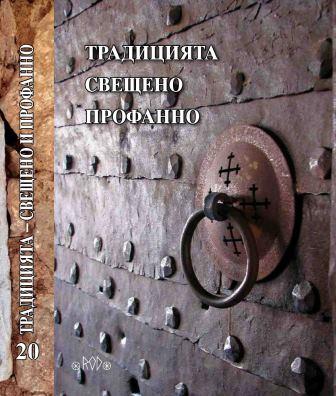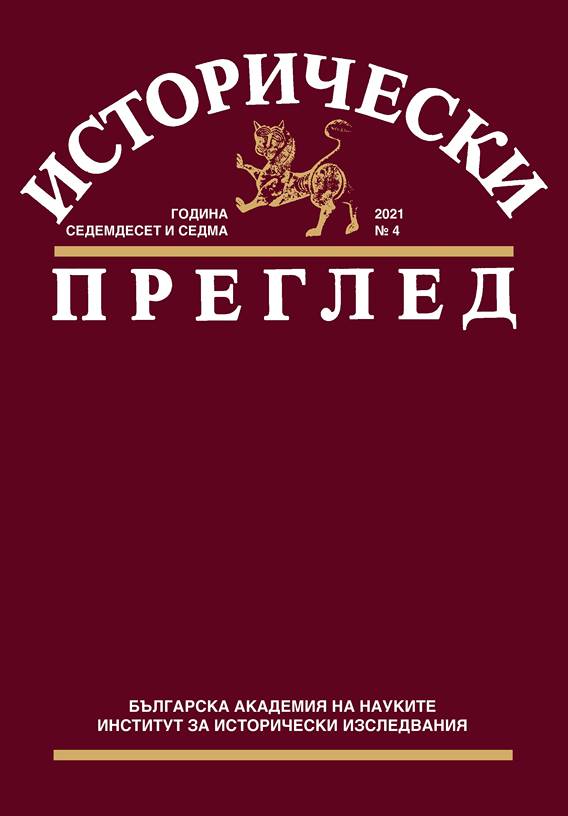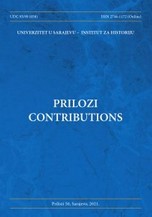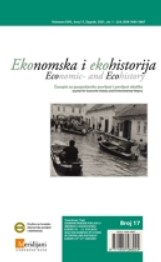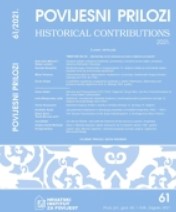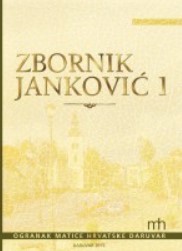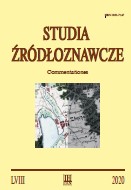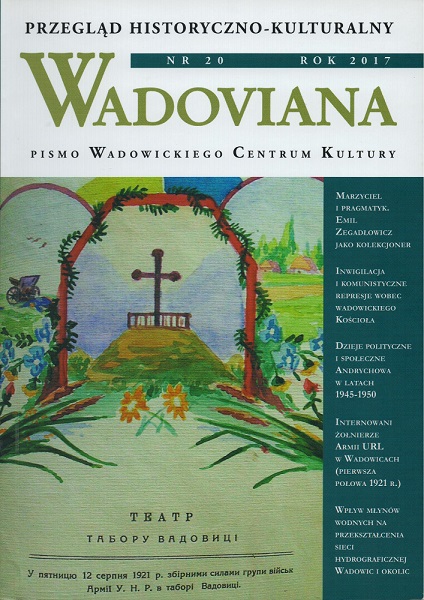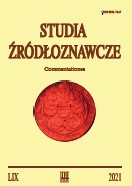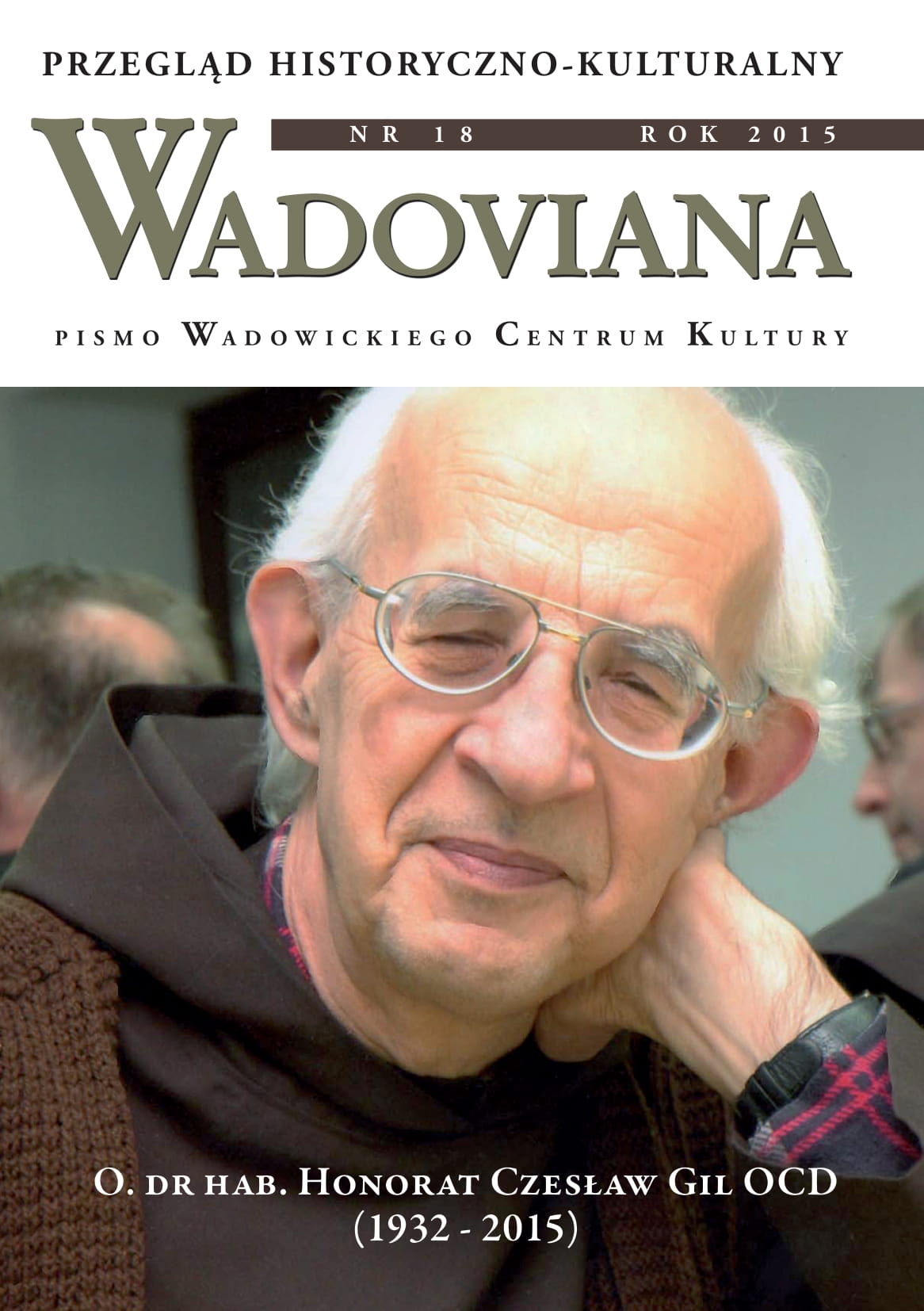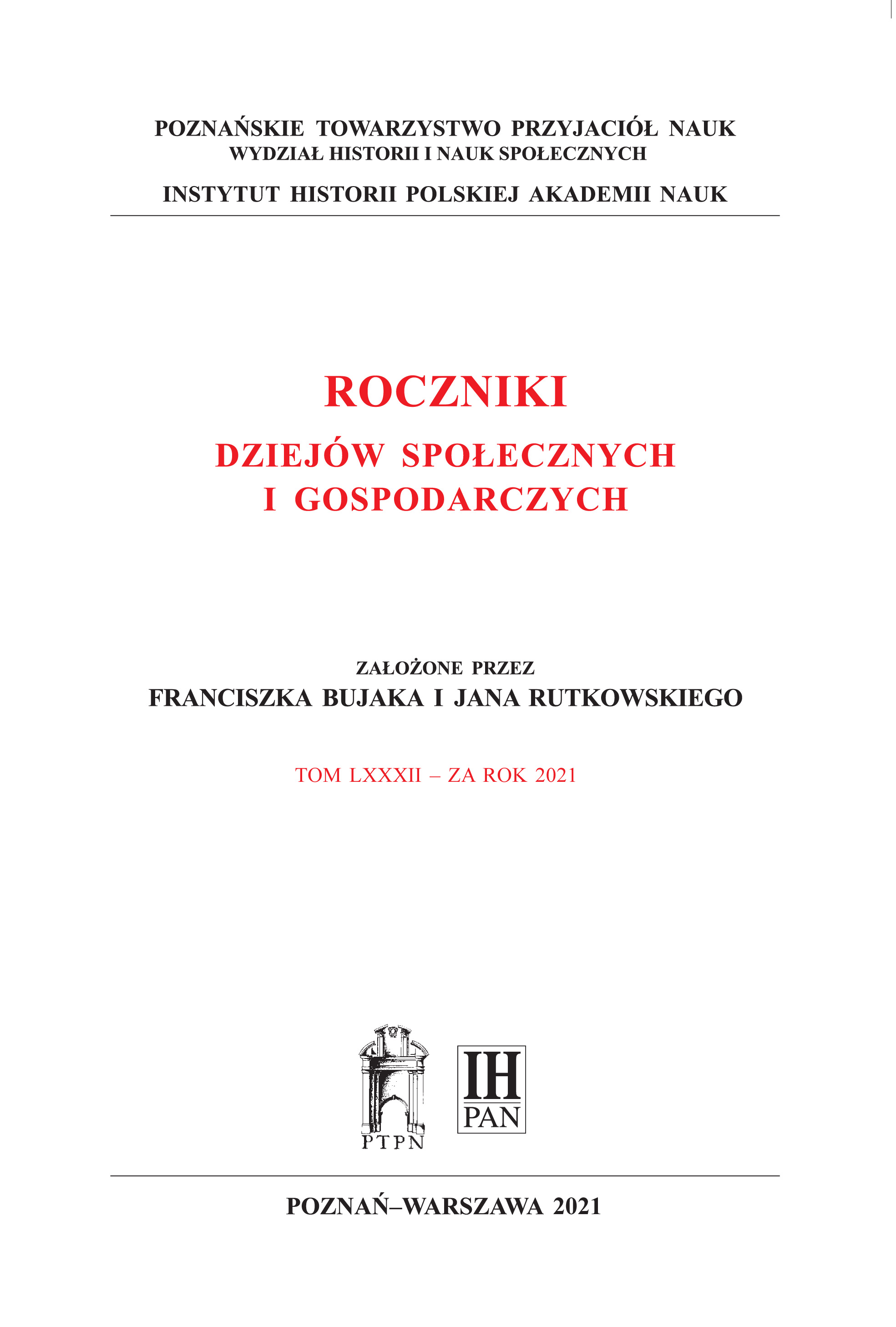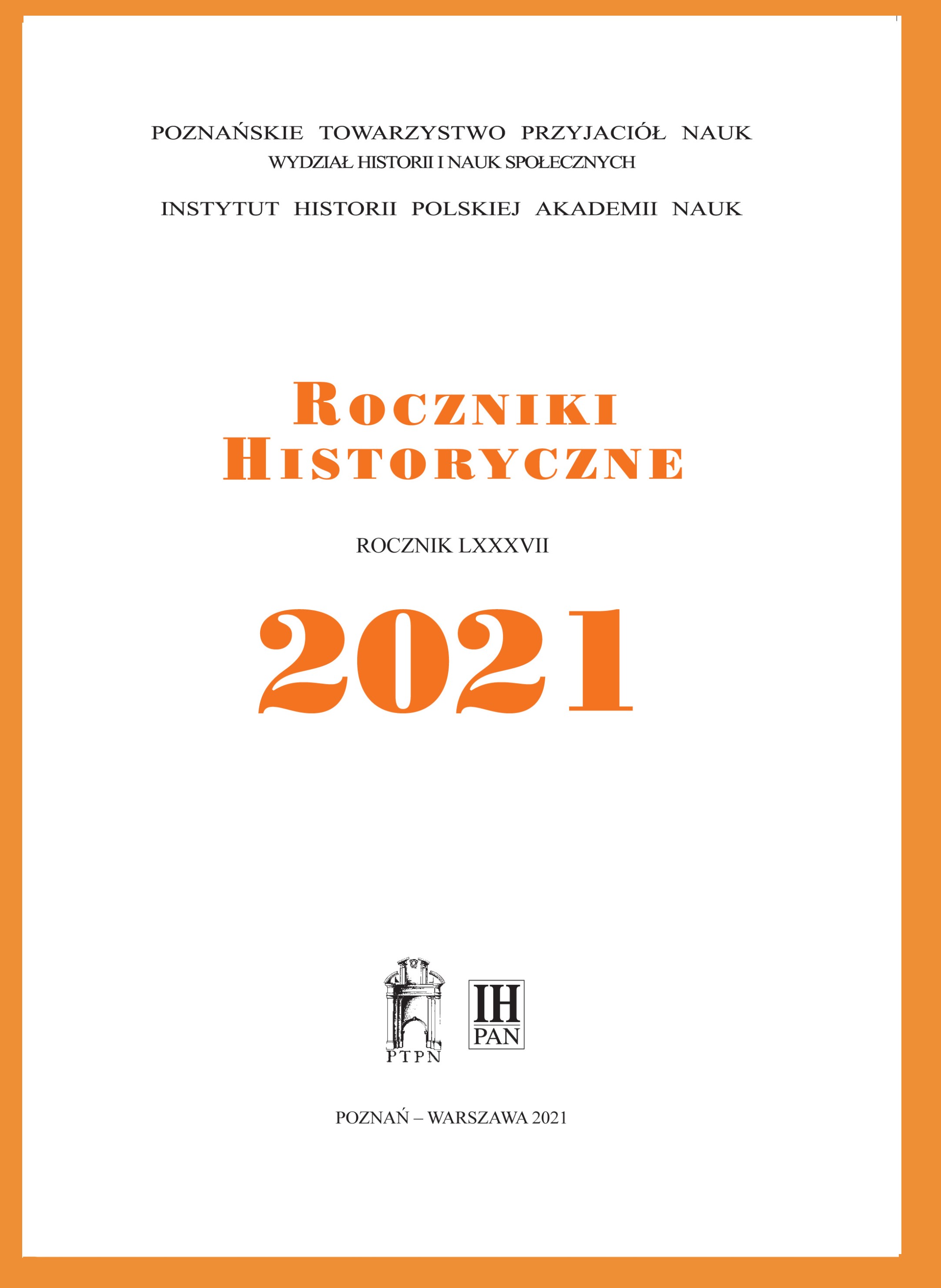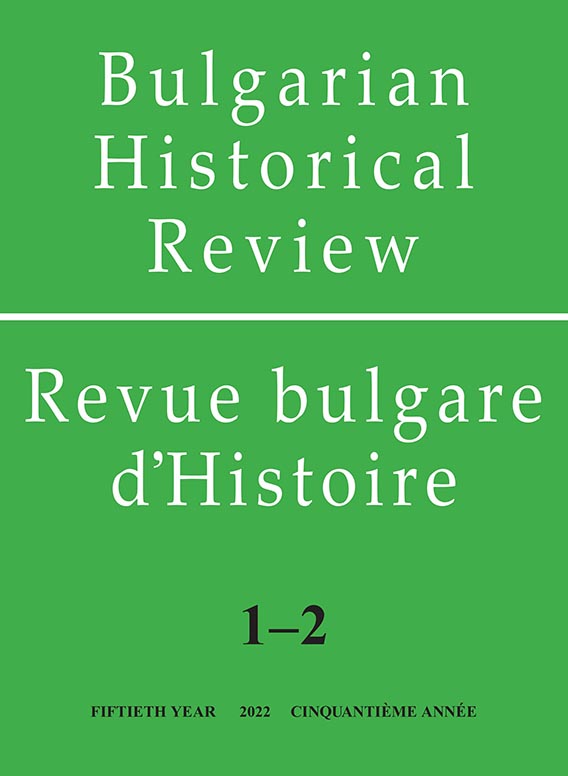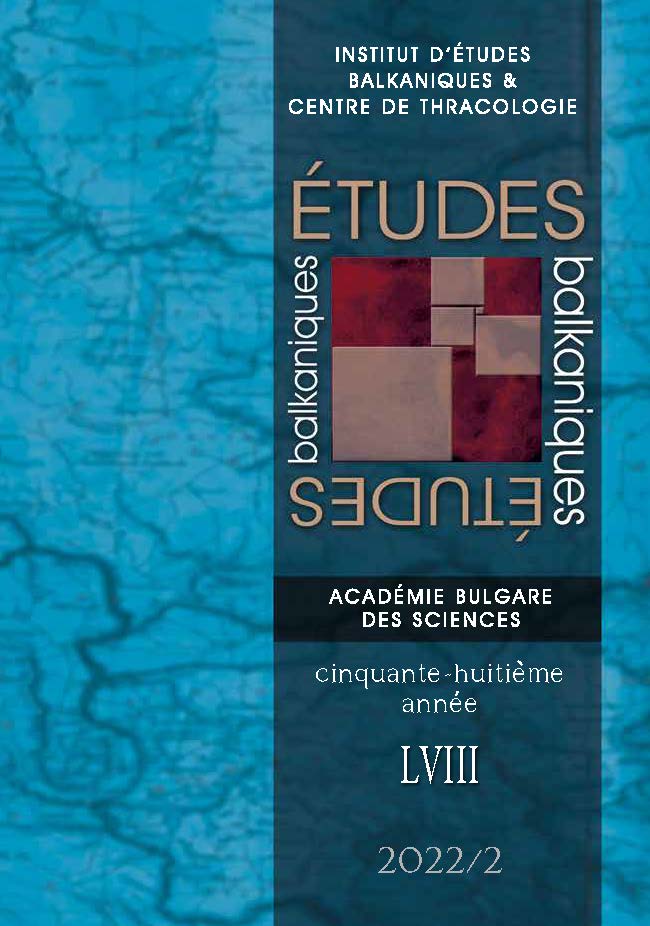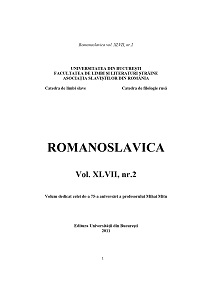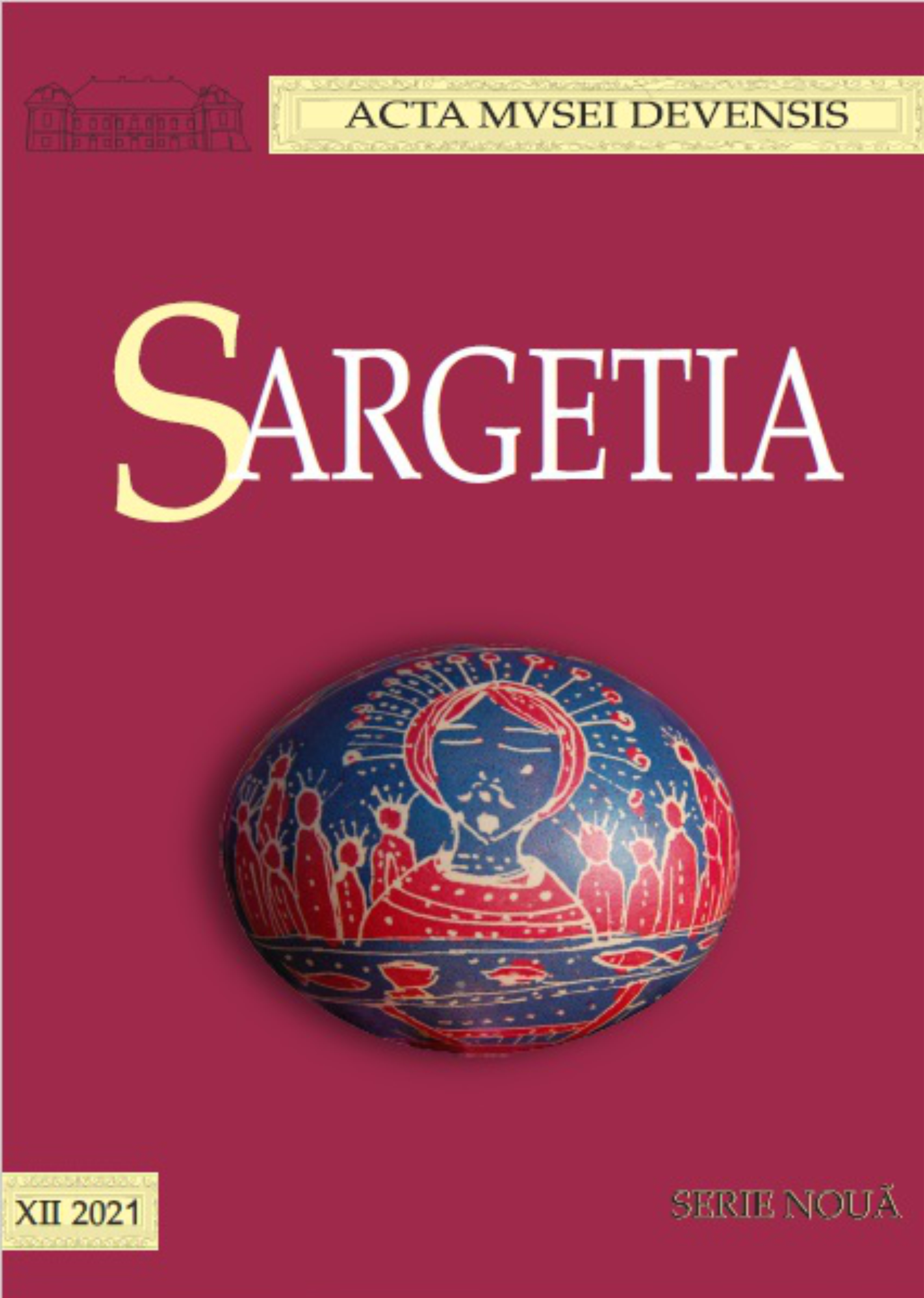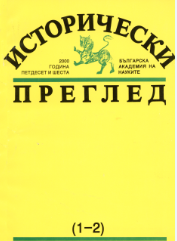Author(s): Kalina Słaboszowska,Anna Kotłowska,Jan Prostko-Prostyński,Wojciech Graś,Paweł Żmudzki,Marcin Starzyński,Tomasz Walczak,Jarosław Nikodem,Adam Kozak,Patrycja Szwedo-Kiełczewska,Karol Łopatecki,Jakub Rogulski,Marek Konstankiewicz / Language(s): Polish
Issue: 59/2021
Review of:
Kalina Słaboszowska - Sources for the History of Emotions. A Guide, red. Katie Barclay, Sharon Crozier-De Rosa, Peter N. Stearns, Routledge Guides to Using Historical Sources, Routledge, London–New York 2020, ss. 264, il. 10
Jan Prostko-Prostyński - Historie Kościoła Jana Diakrinomenosa i Teodora Lektora, tłum., wstęp i koment. Rafał Kosiński, Adrian Szopa, Kamilla Twardowska, Towarzystwo Wydawnicze „Historia Iagellonica”, Kraków 2019, ss. 579
Wojciech Graś - Najstarsze manuskrypty (IX–XVIII w.) i inkunabuły, oprac. Daniel Brzeziński, Grażyna Szumlicka-Rychlik, Zbiory Specjalne Towarzystwa Naukowego Płockiego, t. 1, Towarzystwo Naukowe Płockie, Płock 2019, ss. 289
Paweł Żmudzki - „Latopis nowogrodzki pierwszy” starszej redakcji. Unikatowy zabytek piśmiennictwa staroruskiego i jego polski przekład, oprac. Zofia A. Brzozowska, Ivan N. Petrov, współpr. Jan Morawicki, Series Ceranea, t. 5, Wydawnictwo Uniwersytetu Łódzkiego, Łódź 2019, ss. 2 nlb., XXX, 2 nlb., 402
Marcin Starzyński - Katalin Szende, Trust, Authority, and the Written Word in the Royal Towns of Medieval Hungary, Utrecht Studies in Medieval Literacy, t. 41, red. M. Mostert, Brepols, Turnhout 2018, ss. 416, il.
Tomasz Walczak - Mariana Goina, The Use of Pragmatic Documents in Medieval Wallachia and Moldavia (Fourteenth to Sixteenth Centuries), Utrecht Studies in Medieval Literacy, t. 47, Brepols, Turnhout 2020, ss. XVII+329, tabl. 2, il. 26
Jarosław Nikodem - Sergiej Polechow, Itinerarium wielkiego księcia litewskiego Witolda: 4/5 sierpnia 1392–27 października 1430, „Rocznik Lituanistyczny”, 5, 2019, s. 9–120
Adam Kozak - Księgi ławnicze Starej Warszawy z lat 1453–1535, red. nauk. Agnieszka Bartoszewicz, [wyd. Agnieszka Bartoszewicz, Krzysztof Mrozowski, Maciej T. Radomski, Katarzyna Warda, Urszula Zachara-Związek], Wydawnictwa Uniwersytetu Warszawskiego, Warszawa 2020, ss. 1123 + 4 nlb., il. 8
Patrycja Szwedo-Kiełczewska - Najstarsze rachunki przemyskie (1472–1510), wyd. i oprac. Anna Łosowska, Michał Schmidt, Archiwum Państwowe w Przemyślu, Przemyśl 2019, ss. 252, il. kol. 5
Karol Łopatecki - Marek Wrede, Itinerarium króla Zygmunta III 1587–1632, Wydawnictwo Naukowe Semper, Towarzystwo Miłośników Historii, Warszawa 2019, ss. 388, il. 3, map 15
Jakub Rogulski - Marek Górny, Potoccy herbu Pilawa w „Traktacie o familiach i koligacjach” Jana Stanisława Jabłonowskiego. Analiza pamięci genealogicznej magnata polskiego, Acta Universitatis Wratislaviensis, t. 3878, Wydawnictwo Uniwersytetu Wrocławskiego, Wrocław 2018, ss. 644, 2 nlb., il.
Marek Konstankiewicz - Marek Adamczewski, Sfragistyka państwowa i samorządowa II Rzeczypospolitej Polskiej. Geneza niektórych rozwiązań prawnych, Wydawnictwo DiG, Warszawa 2019, ss. 247, 1 nlb., il. 69
More...
